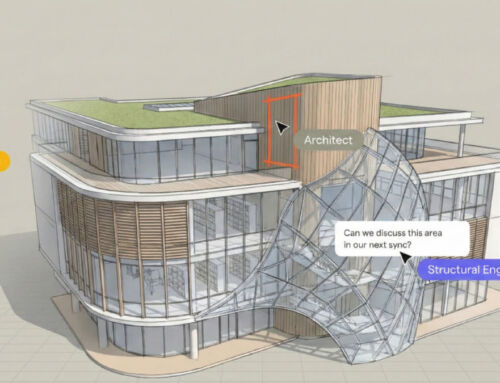The study What cities can learn from the brain, by Robin Mazumder, a researcher at the Future Cities Institute at the University of Waterloo, Ontario, Canada, recently published in Nature Human Behaviour, defends an approach that reflects the latest trends in urban planning and proposes some new developments. Among them, that the principles of the neural organisation of our brain, taken as an urban planning model, improve the design of cities, making them more efficient and adaptable and, therefore, more resilient.
Interconnected networks in the brain… and in cities
Transport systems in cities function, in a metaphorical sense, similarly to electrical impulses travelling through neural networks. However, according to neuroscience research such as that of Danielle S. Bassett and Edward T. Bullmore (from the University of Pennsylvania, USA, and the University of Cambridge, UK, respectively), the brain optimises the transmission of information through hierarchical neural networks, according to a kind of “power law” (in statistics, a power law is a functional relationship between two quantities, whereby a change in one quantity results in a relative change, proportional to the increase raised to a constant exponent, in the other quantity; that is, one quantity varies as a power of another).
Well, according to this research, a few central neural nodes increase their capacity to conduct the increased flow of signals, while the rest act only as support. Translated to city transport, this could be organised in strategic distribution hubs – such as multimodal transport stations – to increase their capacity during crises, thereby reducing potential congestion and supporting more efficient and smooth mobility.
Resilience and neural modularity… and urban planning
Another of the findings of neuroscience studies such as the one cited above, is the brain’s ability to recover from damage thanks to its modularity. So, when one neural area fails, other networks take over its function. Cities often face similar challenges, be it natural disasters, infrastructure failure, or any other type of contingency. For urban planning to be equally resilient, it should mimic the modularity of brain organisation.
Cities could approach this modularity through decentralised systems such as local power grids powered by renewable energy, self-sufficient neighbourhoods capable of operating independently, and so on. An example of such an organisation would be the well-known “superblocks” in Barcelona, or the “15-minute city” in Paris, where – theoretically at least – citizens have all their needs covered, or where essential services are within walking distance. In both cases their dependence on centralised arterial roads is reduced.

Sustainable growth of the brain… and of cities
In a corollary to the above aspect, cities would grow much more rationally, as a repetition of modular units such as those referred to above. In fact, the human brain grows steadily without collapsing, something we are not sure cities can achieve. The study What cities can learn from the brain points out that, to avoid the saturation of chaotic and disorganised growth, metropolises must adopt scalable models such as these, as well as have multifunctional spaces and follow planned densification.
Adaptive learning in neuroscience… and in urban planning
Brain plasticity offers another lesson for modern urban planning. Indeed, the brain has an amazing capacity to reorganise itself in response to new stimuli. In a similar vein, and in what is in fact an imitation of this principle, cities such as Singapore or Amsterdam use real-time data to adjust traffic lights, bus routes and even street lighting.
Artificial intelligence opens up a field to be explored and has an important role to play in this proposed future urbanism. By integrating it into urban management, the adaptability of the city – which in the brain is plasticity – is greatly enhanced by anticipating problems such as traffic jams, pollution, etc.
Neuromimicry… in cities
If cities emulate the efficiency, adaptability and resilience of the brain, they could become more liveable and sustainable environments. The challenge now is to move these ideas from the lab to the streets, and that requires public – that is, everyone’s – policies that prioritise organisation… like that of the brain’s neural networks? Perhaps. After all, if there is one thing the brain teaches us, it is that intelligence lies in flexibility and adaptability.
There are more examples and an exciting open debate on this question which, so as not to tire you, we will deal with in a forthcoming part II. Don’t miss it! In fact, we encourage you to subscribe to our newsletter to do so.
To learn more, you can read part II on this topic here
Sources: Nature Human Behaviour, Research Gate.






